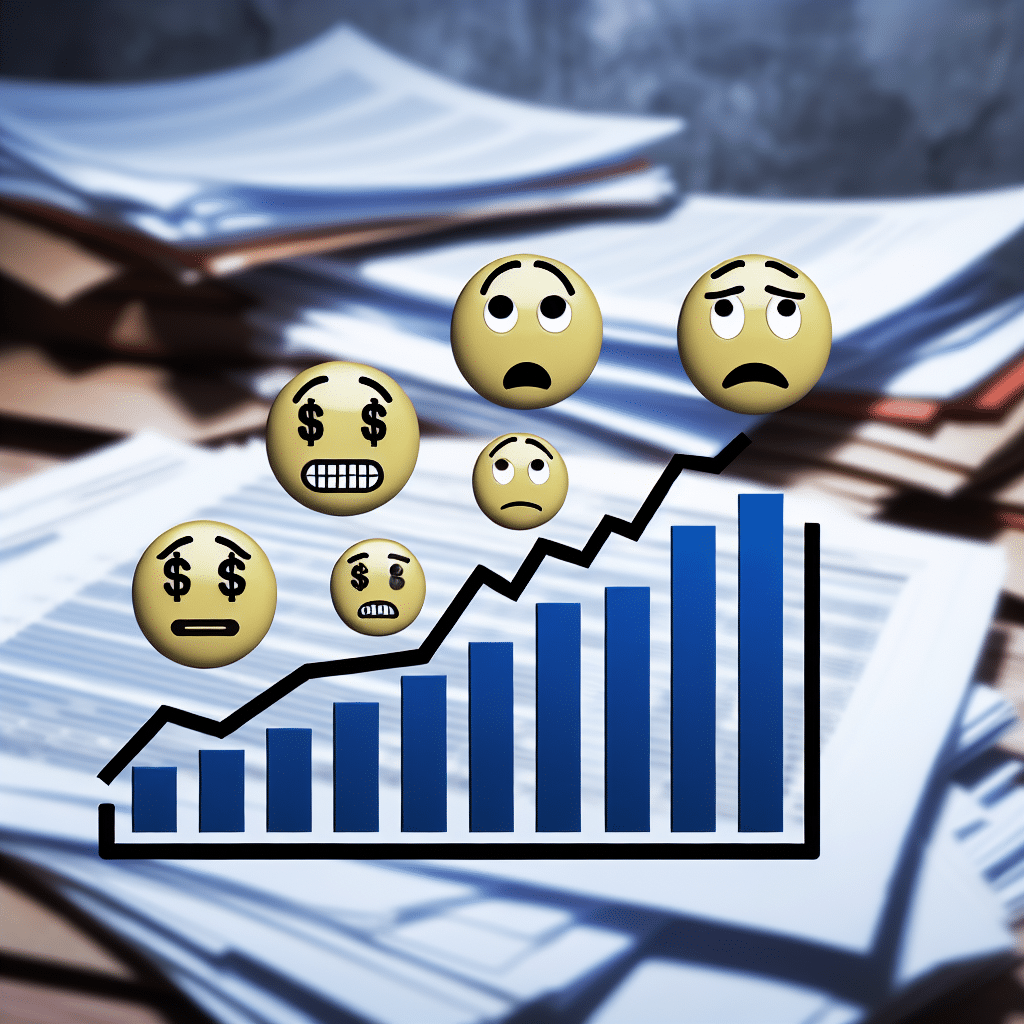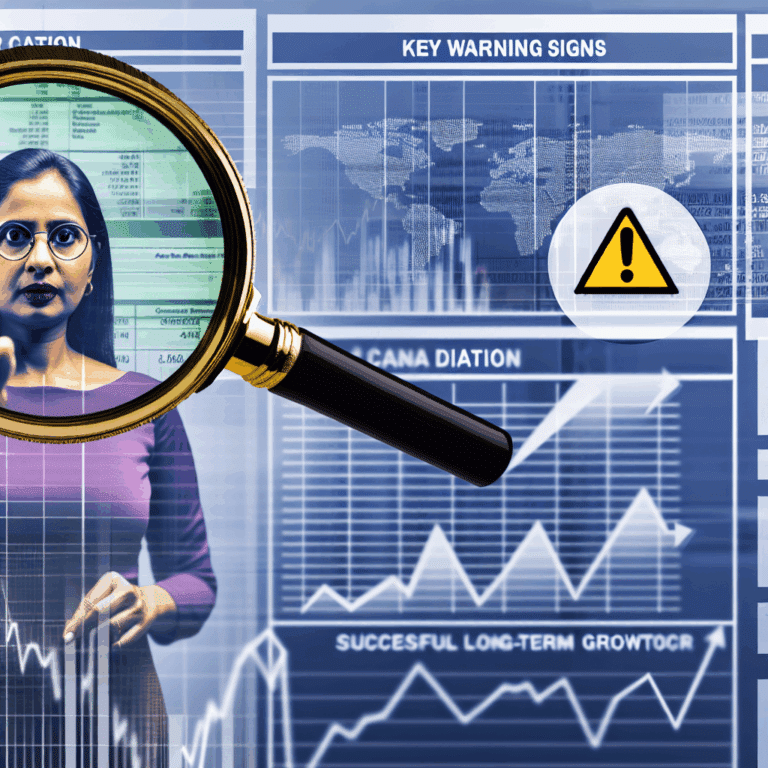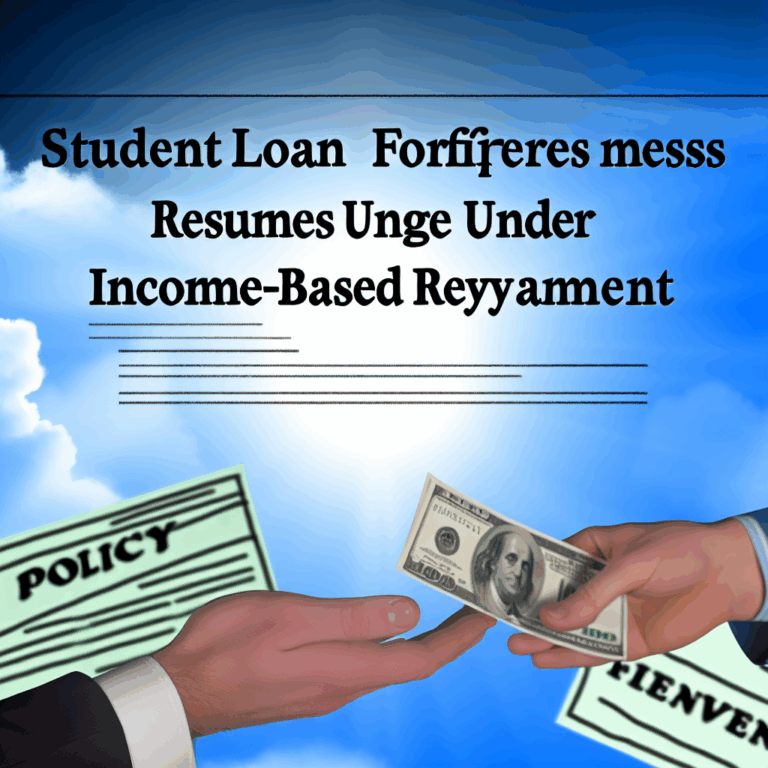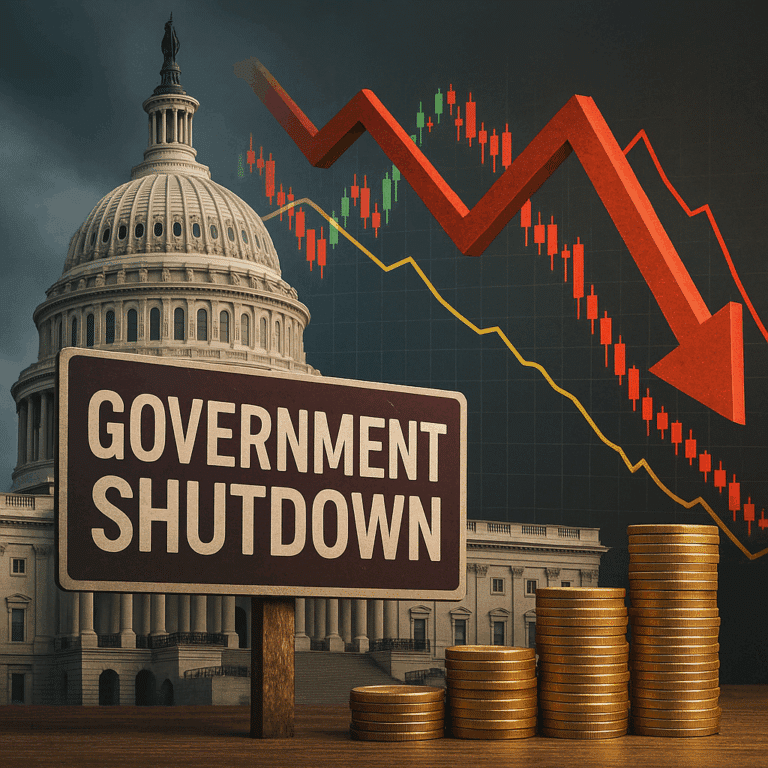Trump Administration Seizes Tax Refunds From Student Loan Defaulters, Impacting Investor Confidence in Consumer Spending
Imagine getting a bill in the mail for something you forgot about years ago—like a library fine from a book you lost in third grade. That’s how some student loan borrowers might feel if their tax refunds suddenly disappear to pay off old loans. This is a big deal, especially for investors watching how government policies affect the economy and markets.
Why Investors Should Care
When millions of people have money taken from their tax refunds or Social Security checks to cover student loans, it can change how much they spend. Less spending means some businesses make less money, which can affect stocks, especially in sectors like retail, travel, and consumer goods.
The Situation: Student Loan Warnings and Tax Refunds
The U.S. Department of Education is supposed to warn borrowers at least 60 days before taking money from their tax refunds or Social Security to pay overdue student loans. This warning helps people get ready and maybe avoid losing their money.
But lawmakers are worried that the Department might use old warnings—sometimes sent years ago—so people could be surprised when their money is taken now. Experts say there’s no clear example of the government waiting this long between a warning and actually taking the money.
How Many Are at Risk?
About 10 million people with student loans are already in default or could be soon. That’s a lot of tax refunds at risk. If these people don’t get a new warning, many might not even know what’s coming.
On top of that, the Education Department recently lost nearly half its staff, including many people who help with student loans. So, it’s even harder for borrowers to get help or update their information.
Bull Case: Why Some Say It’s Not So Bad
- Legal Backing: The law says a warning is needed, but doesn’t clearly say it has to be recent. Technically, the Department might be allowed to use old notices.
- Government Revenue: Collecting on old loans helps the government get back money it lent out, which could be seen as fiscally responsible.
- Market Stability: For some investors, government efforts to collect debts could be seen as keeping the system fair for those who pay on time.
Bear Case: Why It’s a Problem
- Consumer Spending Drops: If millions lose tax refunds, they might spend less, hurting sectors like retail and services.
- Data Issues: Outdated contact info means some people won’t get notices. The government’s data might be wrong about who owes what.
- Unfair Surprises: People who’ve moved, gotten married, or had life changes might get caught off guard, leading to frustration and financial stress.
- Staff Cuts: With fewer workers at the Education Department, problems could take longer to fix, adding to confusion and risk.
Historical Context and Extra Data
Student loan defaults have been a problem for years. According to the Education Data Initiative, the default rate for federal student loans was around 9.7% before the pandemic pause, showing that millions struggle to keep up. When loan collections ramped up after past pauses, consumer spending dropped in some lower-income communities. This shows that big policy changes can ripple through the economy, not just for borrowers but for investors too.
Investor Takeaway
- Watch Consumer Sectors: Retailers and service companies could see lower sales if refunds are seized from millions of Americans.
- Monitor Policy Changes: Stay alert to government moves on student loans, as they can quickly change spending patterns.
- Diversify: Consider spreading investments across different sectors to balance risk from sudden policy shifts.
- Look for Opportunities: Companies offering financial help or debt management services might see more demand if loan collections pick up.
- Keep an Eye on Data: Watch for new reports on consumer spending and student loan data—they can give early clues about market trends.
For the full original report, see CNBC







